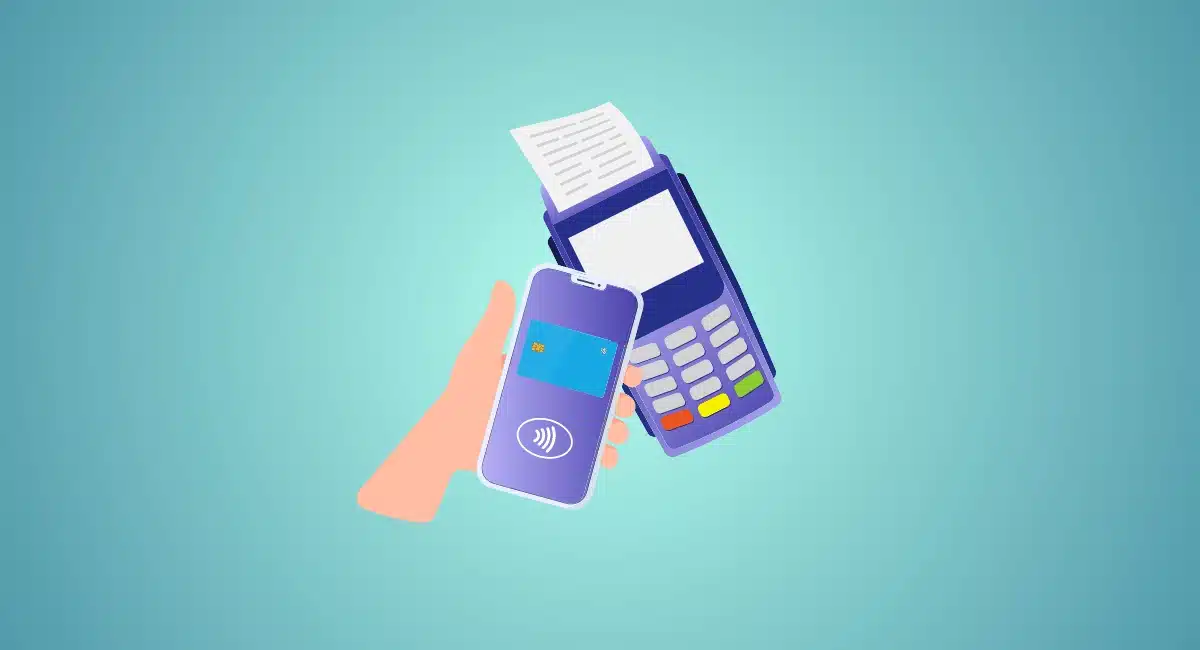Note: If you are looking to send payment links by SMS to allow your customers to pay remotely by card, see our articles on payment links. The article below is about paying for goods, services or products via a text message sent from a mobile phone.
With the SMS (Short Messaging Service) payment system, purchasers send a text message to pay for an item or service. This text message is sent to mobile payment providers. The provider clears the transaction between the purchaser and the vendor.
The cost of the purchase is added to the monthly phone bill or deducted from a prepaid balance by the mobile phone operator. By using SMS payments, mobile phone users can securely, quickly and safely pay merchants, buy goods or services (real or virtual) as well as make deposits or send remittances.
Many businesses are looking at harnessing the power of SMS payments to make life easier for their customers. Using SMS payments, people can buy Coca Cola in Europe, postage stamps or books in Denmark, burgers in Finland and travel tickets in Tokyo, Paris and Rome.
Today, SMS payments are largely used by charities as a quick and easy way to get people to donate. For more information, see “Who uses SMS payments?” and “SMS payments and charities“.
Advantages of SMS payment systems
For the customer
-
It’s quick and easy to use.
-
The purchaser doesn’t have to enter their credit card or bank details, or even have a bank account.
-
They don’t need to remember any passwords or usernames like with payment sites such as PayPal.
-
It is secure, as no personal details or account details are released.
For the business, charity or service provider
-
The merchant can accepts payments from any of the billions of mobile phones capable of texting worldwide.
-
Can receive payments from the millions of customers who don’t have a bank account or credit card and thus were prevented from buying their goods or services before. This usually presents a whole new set of customers.
-
Can build upon customer loyalty via SMS marketing messages, discounts and coupons.
-
The receiver doesn’t need to verify customers’ identities or worry about chasing payments or cards being denied.
-
All the billing is handled by the mobile phone operator.
-
It’s easy to use and quite often costs nothing to set up.
The main advantages of the SMS payment system for both customers and business users are that it is quick, easy and safe. SMS payments (also called text payments) have, for those reasons, been one of the fastest-growing payment methods in the world.
SMS payments remain relevant
A report by I.E. Market Research suggested that the value of mobile payment transactions would double to almost $300 billion in 2012 and be worth almost $1,200 billion in 2014. Another report by Gartner suggested that SMS payments would represent most of these transactions particularly in Africa, India and Latin America.
Other mobile payment options such as Near-Field Communication (NFC) and mobile wallets are now more popular in the UK, US and Europe where most consumers can use advanced smartphone technology. However, because even the most basic mobile phone is capable of sending and receiving text messages, it means that SMS payments are still seen by many in the industry to be a big player in future mobile payments particularly in developing countries. In the UK, many charities use it as an easy way to receive donations.




